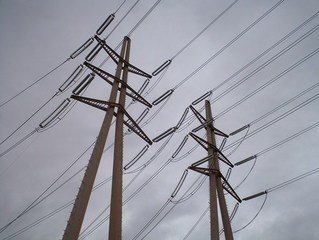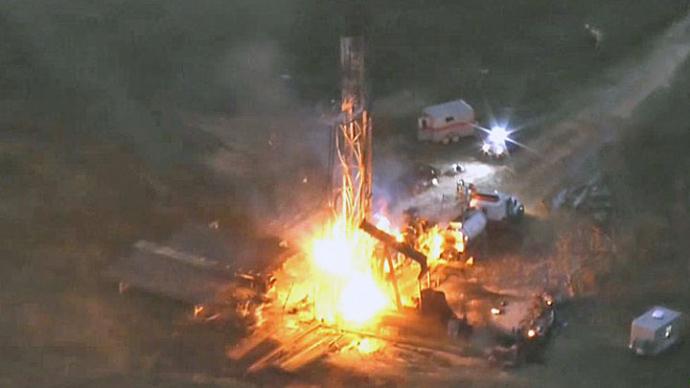The Texas Supreme Court decided a case recently involving an assignment of an overriding royalty interest (ORRI) in minerals located in Wheeler County, Texas. That case is Piranha Partners et al v. Joe Neuhoff et al.
In 1975, Neuhoff Oil & Gas purchased an undivided two-thirds interest in a mineral lease known as the Puryear Lease. The lease was between the Puryears (and others) as lessors and Marie Lister as the lessee. The lease covered all of the minerals under a tract of land referred to as Section 28. A few years later, Neuhoff Oil sold and assigned its two-thirds interest, but reserved for itself a 3.75% ORRI on all production under the Puryear Lease. An ORRI is an interest that is created out of the working interest (the oil company’s or operator’s interest) in the lease. It is a fractional, undivided interest with the right to participate or receive proceeds from the sale of oil and/or gas. It is not an interest in the minerals, but an interest in the proceeds or revenue from the oil & gas minerals sold. The interest is limited to a specific tract of land and is bound by the term of the existing lease. If the underlying lease expires, the ORRI expires.
Only one well was completed on the property, the Puryear B #1-28. At some point, Neuhoff Oil & Gas sold its ORRI to Piranha Partners. A bit later, Neuhoff Oil & Gas went out of business and assigned its assets to individual members of the Neuhoff family.







